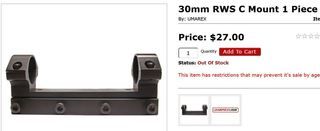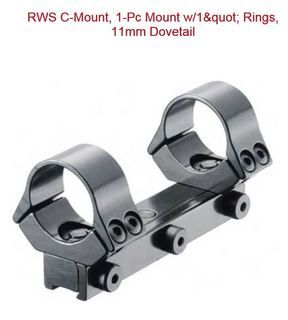I was going to reply to Tim Mac's comment in the FX rings thread. But, then decided to start a new conversation because I think the info he dropped should have it's own conversation.
Tim said: "I would never use the FX rings on a Spring gun. The way they rotate around a mounting point would put the structural stresses through the Scopes Tubing. For a Recoiless or nearly recoiless gun that wouldn’t be a problem but a Spring gun needs a One piece mount and the load paths cannot go to the scopes tubing. Scopes were never meant to add structural integrity to the mounting arrangement but split rings on springers stress scope tubes, especially high mounts with large heavy glass."
His comment made me stop and think re: my own understanding of the need for one-piece mounts......
When considering which rings/mounts were appropriate for an application, I had always thought in terms of "can they hold zero, or not". I had never considered stress to the scope body. So, are you [Tim] saying that by using two-piece mounts on a spring gun, the scope undergoes considerably more stress by being the "bridge" between the front and rear mounts? Is this the main reason a one-piece mount is recommended for spring guns - to reduce stress on the scope; not to insure that the rings hold their POI?
Tim said: "I would never use the FX rings on a Spring gun. The way they rotate around a mounting point would put the structural stresses through the Scopes Tubing. For a Recoiless or nearly recoiless gun that wouldn’t be a problem but a Spring gun needs a One piece mount and the load paths cannot go to the scopes tubing. Scopes were never meant to add structural integrity to the mounting arrangement but split rings on springers stress scope tubes, especially high mounts with large heavy glass."
His comment made me stop and think re: my own understanding of the need for one-piece mounts......
When considering which rings/mounts were appropriate for an application, I had always thought in terms of "can they hold zero, or not". I had never considered stress to the scope body. So, are you [Tim] saying that by using two-piece mounts on a spring gun, the scope undergoes considerably more stress by being the "bridge" between the front and rear mounts? Is this the main reason a one-piece mount is recommended for spring guns - to reduce stress on the scope; not to insure that the rings hold their POI?




